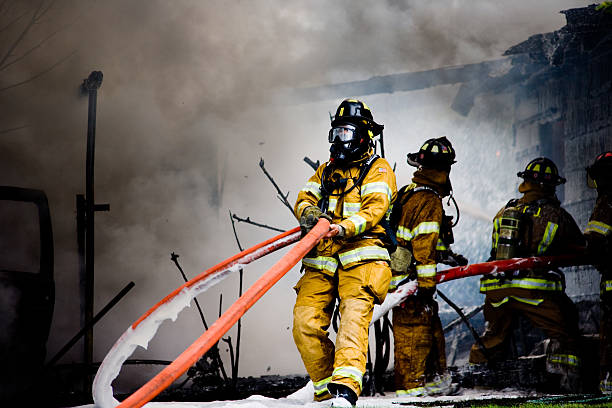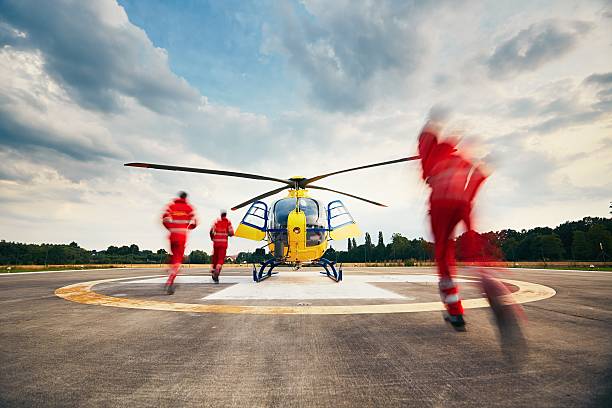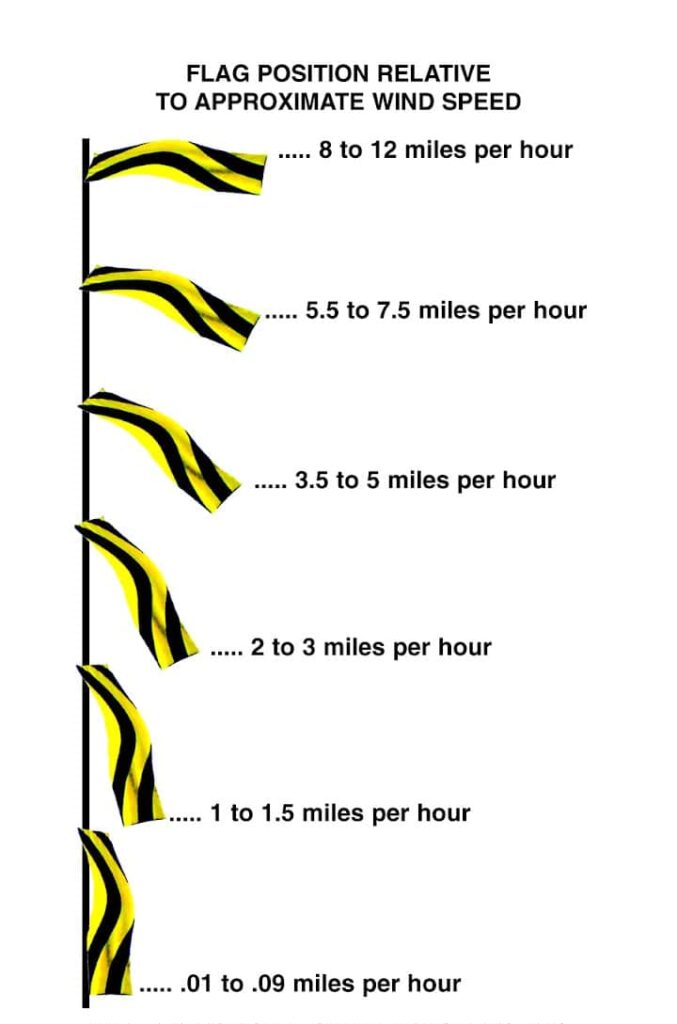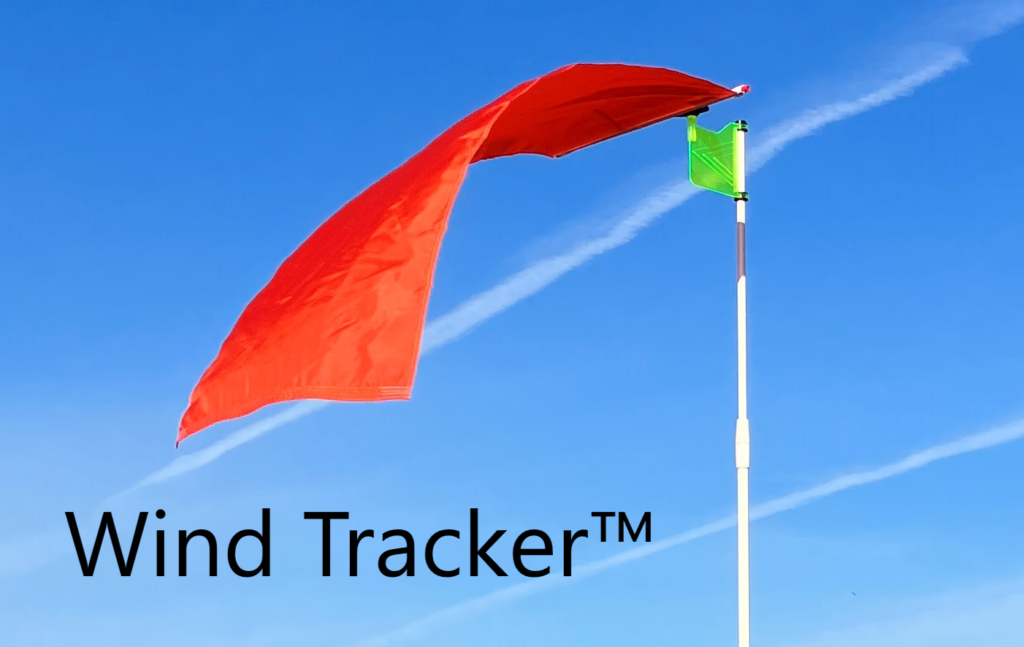First Responders
Wind Tracker™ windsocks play a crucial role in emergency scene assessment for First Responders. By monitoring wind direction and speed, First Responders can assess how wind conditions may impact the spread of hazardous materials, smoke, or fire, allowing for informed decision-making regarding evacuation routes, safe zones, and tactical operations.

Hazardous Material Response:
Wind Tracker™ windsocks are essential tools for First Responders dealing with hazardous material incidents. They provide real-time data on wind direction, which is critical for predicting the dispersion of hazardous substances and determining the appropriate response actions to mitigate exposure risks to personnel and the public.
Firefighting Operations:
Wind Tracker™ windsocks aid in optimizing firefighting operations by helping First Responders assess wind conditions that may affect fire behavior and smoke movement. This information allows firefighters to strategically position resources, such as hose lines and firefighting equipment, to effectively contain and extinguish fires while minimizing exposure to smoke and heat.

Search and Rescue Operations:
Wind Tracker™ windsocks support search and rescue operations by providing valuable information on wind conditions that may impact the search area, such as the spread of smoke, scent trails, or debris. First Responders can use windsock observations to plan search patterns, deploy resources, and ensure the safety of search teams during operations.
Helicopter and UAV Operations:
Wind Tracker™ windsocks are critical for guiding helicopter and unmanned aerial vehicle (UAV) operations during emergency responses. Pilots rely on windsock information to assess wind conditions for safe takeoffs, landings, and flight paths, especially in confined or urban environments where wind patterns may vary significantly.

Incident Command Decision Support:
Wind Tracker™ windsocks provide valuable decision support for Incident Commanders managing emergency scenes. By monitoring wind direction and speed, Incident Commanders can make informed decisions regarding resource allocation, evacuation orders, tactical deployments, and overall incident management strategies based on the current and predicted wind conditions.
Hazardous Materials Decontamination:
Wind Tracker™ windsocks assist First Responders in planning and conducting hazardous materials decontamination operations. By understanding wind patterns, responders can establish decontamination corridors and containment areas to prevent the spread of contaminants and ensure the safety of personnel involved in decontamination procedures.
Personal Protective Equipment (PPE) Selection:
Wind Tracker™ windsocks help First Responders select appropriate personal protective equipment (PPE) based on wind conditions. Understanding wind direction and speed allows responders to determine the likelihood of exposure to hazardous materials or contaminants, guiding decisions regarding respiratory protection, protective clothing, and other safety gear.
Wind Tracker™ windsocks are a necessary tool used by First Responders due to their critical role in emergency scene assessment, hazardous material response, firefighting operations, search and rescue efforts, helicopter and UAV operations, incident command decision support, hazardous materials decontamination, and personal protective equipment selection. Windsocks enhance safety measures and support effective emergency response operations by providing valuable information on wind conditions during incidents and disasters.
